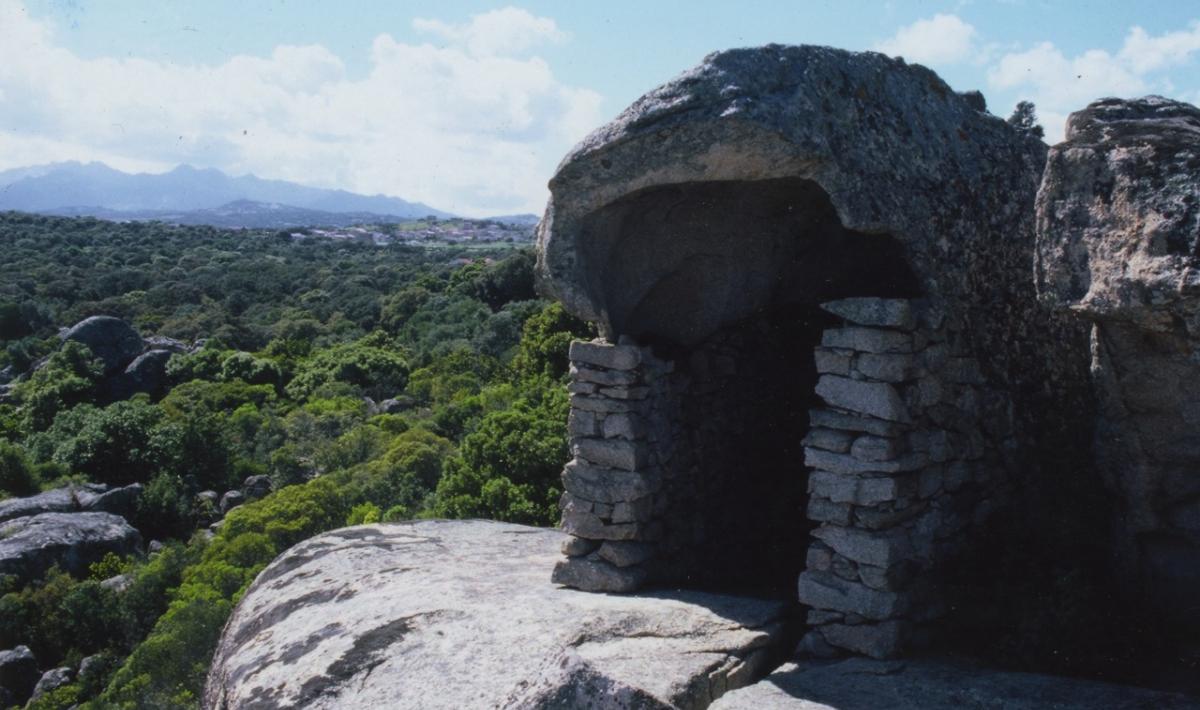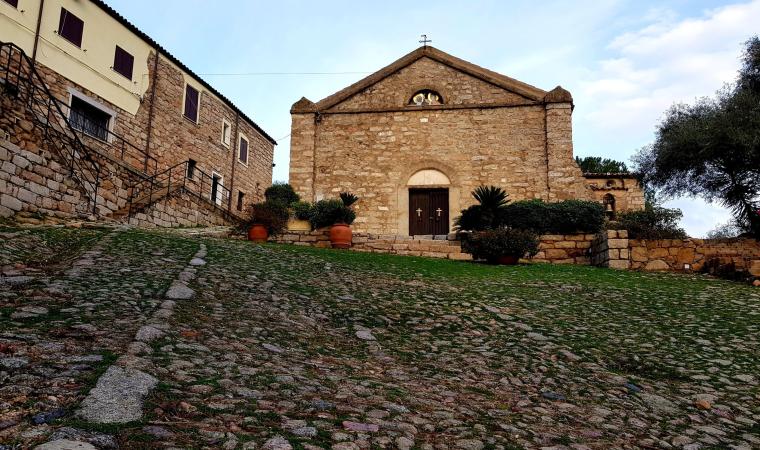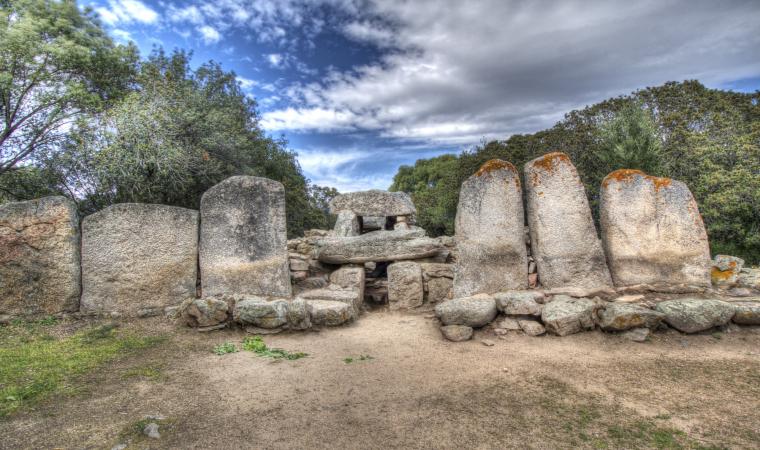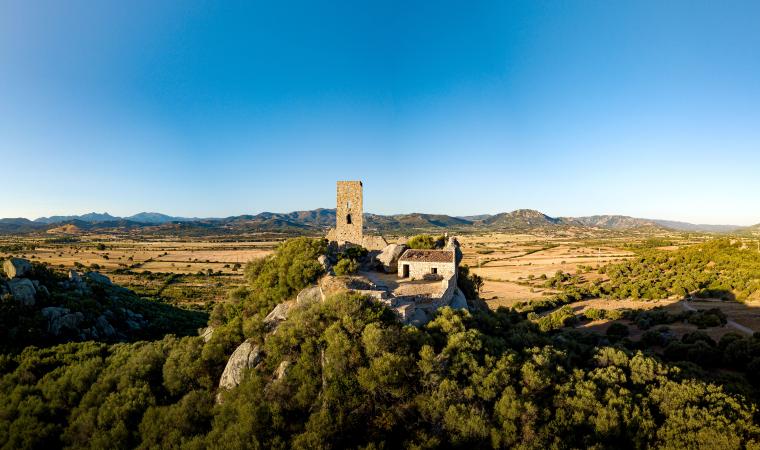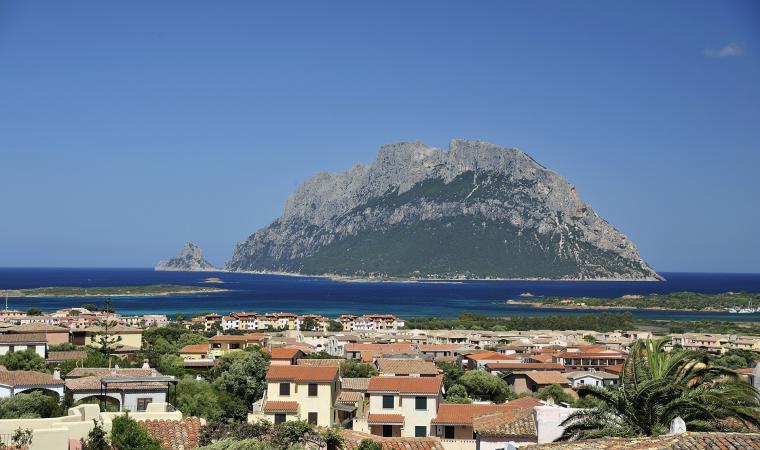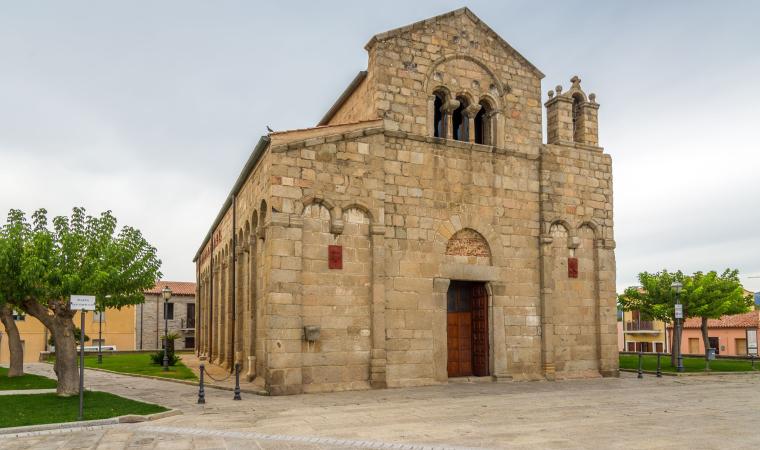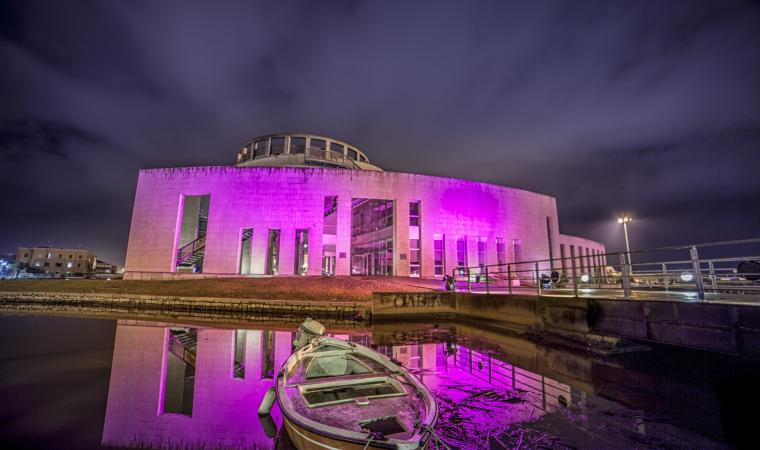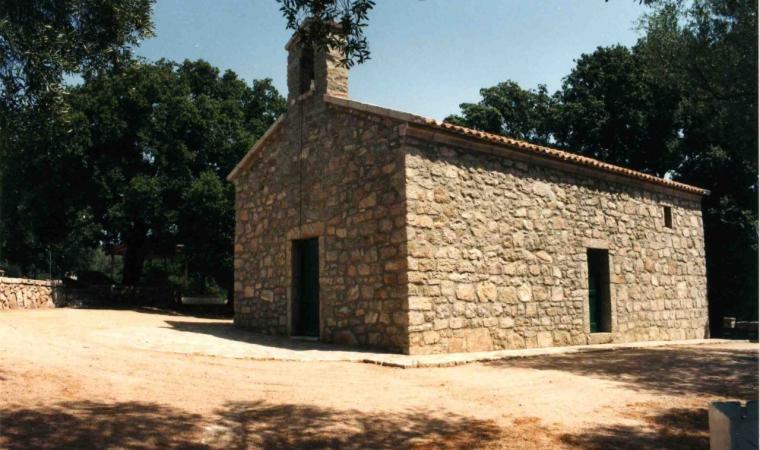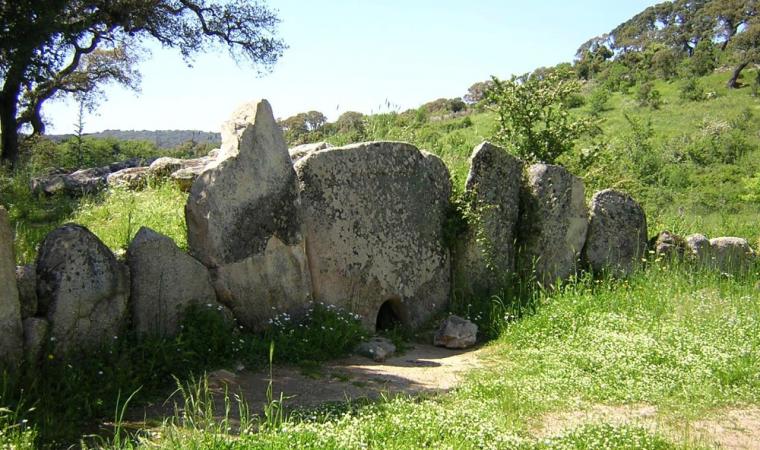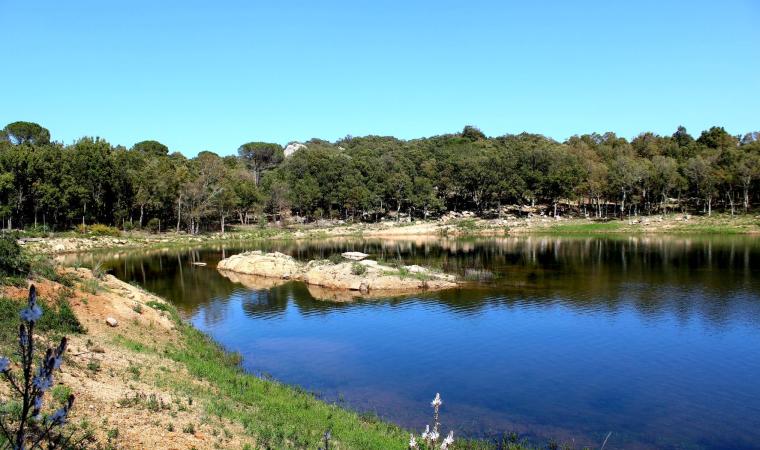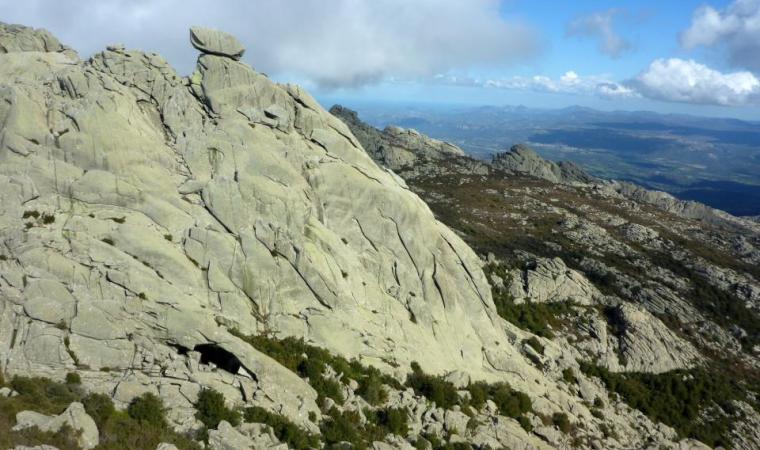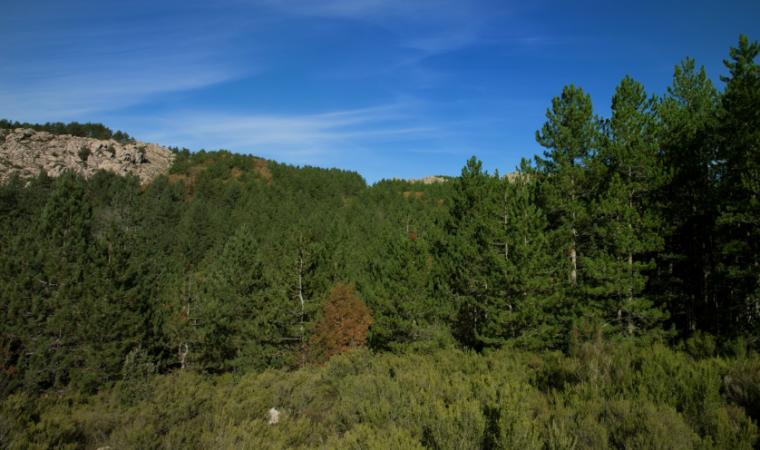It is immersed in an evocative landscape between wind-shaped granite masses and imposing forests of holm and cork oaks, wild olives and Mediterranean shrubs. Telti is a typical hill town of Gallura, populated by over 2000 inhabitants – in part scattered in the surrounding countryside – who make their living mainly through farming and shepherding. Local companies specializing in fresh pasta and granite, iron and wood products are currently experiencing a strong growth. Telti has been an autonomous municipality since 1963, when it broke off from Tempio Pausania. Its name derives from Tertium, which was a Roman military station on the fork in the Olbia-Gemellae road. In the Medieval Period, it became Villa Torcis, a village involved in a long war in the 14th century between the Crown of Aragon and the Giudicato of Arborea. The modern town is of recent construction. Starting in the 18th century, with encouragements from the Pope, the various nearby stazzi (typical rural settlements) congregated around the two churches (at the time in the countryside): the Church of Sant’Anatolia (18th century) and the Church of Santa Vittoria, completed in 1899 in 18th century style, today located in the heart of the town. Both once served as religious centres for residents of nearby towns, who reunited there for worship. In the small historical centre, visitors can admire the unusual-coloured granite used in construction and various murals. Not far from the town centre, stands the Cultural and Natural Museum of Sardinia, which records the local community life, traditional domestic spaces, animals, plants and minerals. In the direction of Calangianus, stands the 17th century country Church of San Bachisio, who is honoured in May with a community lunch. The local rituals of the Holy Week and processions in traditional dress for the feast days of saints Anatolia and Vittoria are particularly fascinating.
The area is rich in springs and streams, which has resulted in particularly thick and thriving vegetation. The highest peak, Mount Pinu, tops off at 750 metres and is covered by a vast maritime pine forest. The discovery of burials in naturally produced cavities in granitic formations confirm human presence in the area since the Neolithic (5000-2700 BC). Some Domus de Janas, small artificial chambers excavated in the rock, have been dated to the following Copper Age. The area was densely populated in the Bronze Age: Nuragic, Ilienses and Balares cultures have built a series of nuraghes such as Putzolu, an elliptical nuraghe with three chambers and a corridor located in a town of the same name, and La Prexona di Siana, an originally three-lobed nuraghe with a keep linked to three more towers arranged in a triangle, located in Aratena. Various Punic coins confirm the probable existence of the village between the 9th and 3rd century BC.

